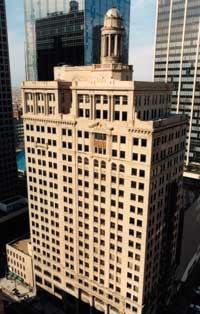Condo Concerns Any adaptive reuse project comes with challenges. But if you’re thinking of converting an office building into condos, you need to be extra careful. Here are the top issues to watch on your project:
Construction Liability: In adaptive reuse, these older structures aren’t always completely rebuilt. This can leave current office-to-condo developers potentially vulnerable to construction defect lawsuits for work done decades before by the original (or subsequent) builders. “Every developer is faced with some risk,” says Paul Ticher, a partner with Cox, Castle & Nicholson law firm in Los Angeles. “But the courts haven’t addressed this issue yet—it’s a new trend.” Fully gutting a building down to steel framing eliminates some of that risk because so much of the work is new.
Mixed-Use Issues: These types of projects often combine residential, retail, and office space, so developers and architects must remember that from the start. “Maximize flexibility as far as who the potential tenants will be,” Ticher says. “Think ahead about duct work, access to the roof, and ventilation so any business can rent there.” For residential, that means designing the project to minimize any noise or aromas from the commercial sections. If a restaurant might use the space one day, make room for an exhaust system that can handle odors and smoke. Situate the parking so that residents hear the least possible noise. Finally, do disclose any potential impact the commercial space could have on the residential areas.
Board Balance: Ideally, the condo association structure should be appropriately balanced between commercial tenants and condo owners. If the project includes a great deal of commercial elements, the board could establish a condo committee responsible for the residential areas and a commercial committee accountable for the office and retail space. Just make sure the association bylaws don’t give the two groups “the ability to battle too much,” Ticher advises.
Line Items: Make sure the association is financially prepared for the unexpected costs that happen with any adaptive reuse project. In a new development, for example, the roof may last 20 years—but in an office-to-condo renovation, that roof may only have 10 years left. If the association has adequate reserves, though, its bank account should be able handle such events.
